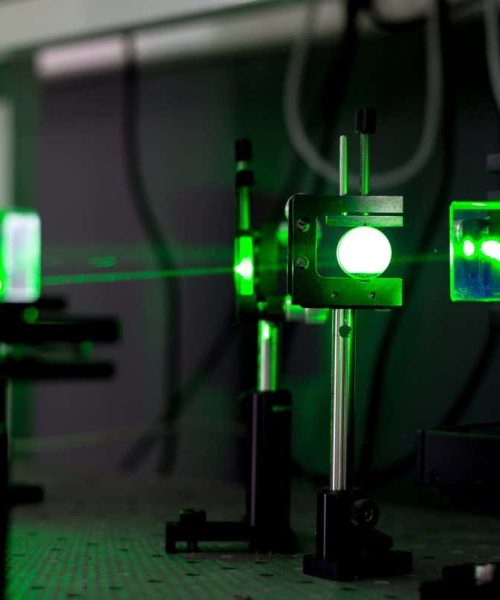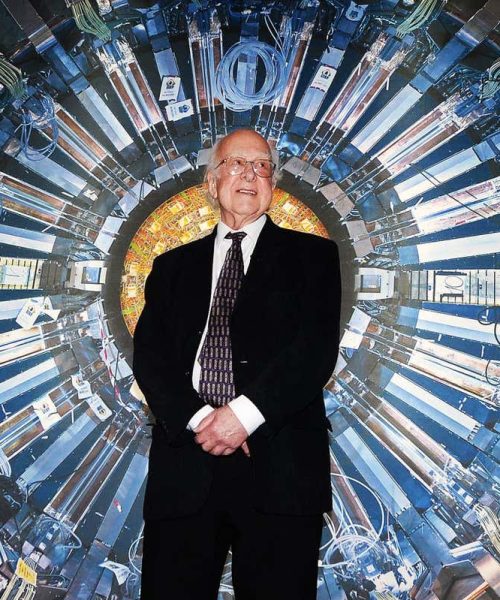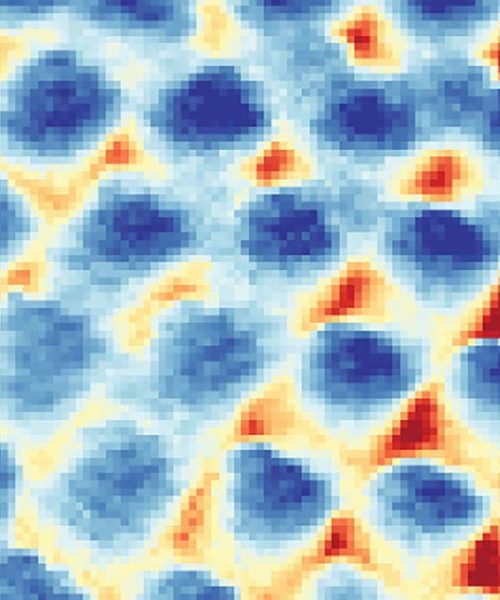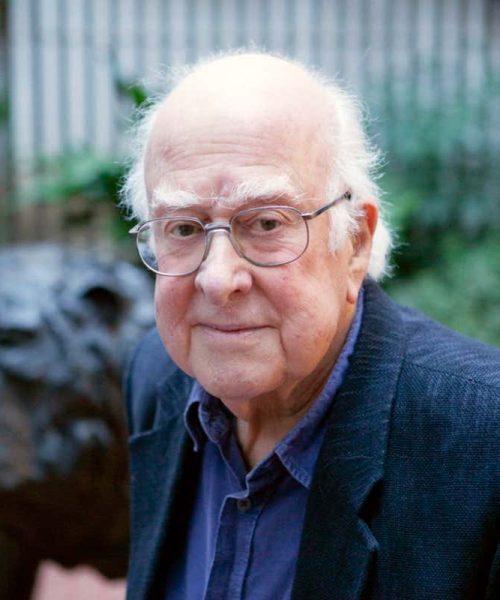A new breed of collider, called plasma wakefield accelerators, can study fundamental physics in new ways by doing something the Large Hadron Collider cannot do: colliding electrons

The results of proton collisions absorbed by screens at the LHC
Fichet, Jacques Herve/CERN
TO GET to Edda Gschwendtner’s experiment, you enter a small, brutalist building at CERN, Europe’s particle physics laboratory on the outskirts of Geneva, Switzerland. You head into the lift and descend 50 metres into a vast underground chamber. After a series of yellow security doors, you must traverse a kilometre along a downward-sloping tunnel – which is why Gschwendtner typically uses one of the small white bikes parked inside the doors.
She is developing a promising kind of particle accelerator that might help us find new physics. Since the discovery of the Higgs boson in 2012, particle physics hasn’t made much progress to speak of. So, thoughts are turning to machines that can help us probe reality in different ways.
The experiment Gschwendtner works on, called AWAKE, creates a wave of plasma – a gas of charged particles – and sends electrons surfing along it. While most colliders are getting bigger and pricier, this underground machine and its ilk, known as plasma wakefield accelerators, are compact. Don’t be fooled by their size, though – they pack a punch. Compared with the likes of CERN’s vast Large Hadron Collider (LHC), over a set distance, plasma wakefield technology can manage much stronger accelerations. “Up to a factor of 1000 more,” says Gschwendtner.
It is proving effective. Over the past few years, AWAKE has had a string of successes in accelerating electrons over a distance of just metres. Last year, it passed a crucial test, and researchers are now gearing up to take it to higher energies. …





